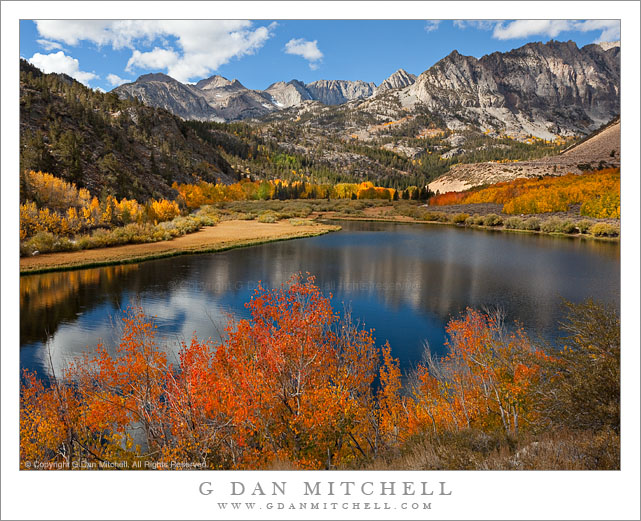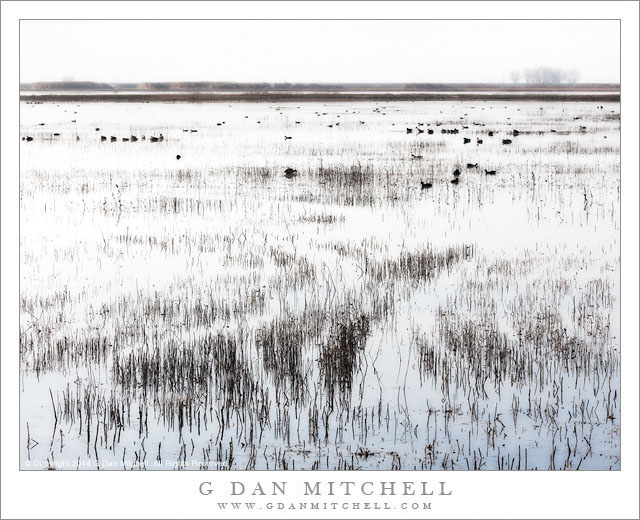For various reasons — projects I’m working on, clear signs of the changing seasons, photographs I’ve recently seen — I have been getting into that autumn frame of mind that comes at about this time every year. With that in mind, today’s “morning musings” post is about finding and photographing fall color in the Sierra Nevada. Rather than re-writing the whole thing, I’ll start by pointing you to an extensive guide that I wrote a few years ago and have updated every year since that time — if you are thinking of chasing aspen color this fall you may want to take a look: “Sierra Nevada Fall Color — Coming Sooner Than You Think”
If things evolve on a relatively typical schedule, eastern Sierra aspen color is perhaps about six weeks away. I have been photographing this subject for a while now, and it is one of my favorites. I intend to be out there again this fall.

One popular game at this time of year is to predict/guess when the colors will arrive and how good they will be. I’m fully aware that I’ve been wrong quite a few times, and my increasing knowledge of this subject has perhaps only made me more aware of how unpredictable this can be. However, this year I have to wonder about the effects on the trees from our three-year California drought, which has reached an extreme level all across the state this year. I don’t know what the results will be, but I’m considering some possibilities:
- During the last two years it seemed to me that I was seeing the onset of color move a bit earlier in the season. I have to wonder if we may see stressed trees go into fall mode a bit on the early side this year.
- Some people say that they are seeing a few aspen groves turning brownish-yellow already and looking like they are drying out.
- Also during the last few dry years we have seen some anomalous early season storms, and I wonder if that pattern will continue. This can affect the season in various ways if it happens. On the negative side, leaves can blow down early. On the positive side, snow and aspens can make a beautiful pair.
As always, to the extent possible, I like to remain flexible about when and where I’ll photograph the aspens, and I watch the evolving conditions to see what this season may bring. How about you? What are your fall color plans?
 G Dan Mitchell is a California photographer and visual opportunist whose subjects include the Pacific coast, redwood forests, central California oak/grasslands, the Sierra Nevada, California deserts, urban landscapes, night photography, and more.
G Dan Mitchell is a California photographer and visual opportunist whose subjects include the Pacific coast, redwood forests, central California oak/grasslands, the Sierra Nevada, California deserts, urban landscapes, night photography, and more.
Blog | About | Flickr | Twitter | Facebook | Google+ | 500px.com | LinkedIn | Email
Text, photographs, and other media are © Copyright G Dan Mitchell (or others when indicated) and are not in the public domain and may not be used on websites, blogs, or in other media without advance permission from G Dan Mitchell.

